Making New Finishes “Look Old”
This year I was invited to be a presenter at the SAPFM Mid-Year Meeting in Knoxville. My topic was “Making New Finishes ‘Look Old’,” a theme that built on my presentation of four years ago, “Traditional Finishes.”
The host of the East Tennessee Historical Center was a wonderful choice, not the least of the reasons being some magnificent stained glass, for which I am a total sucker.
They also provided a near-perfect setting for theater-in-the-round demonstrating that I like so much.
Just like my Simple Rules For Perfect Finishing, I created a set of Simple Rules for Getting That “Aged Look” Finish. There was great demand for the information, and I will no doubt include it in the upcoming Historic Finishers Handbook, the manuscript for which I will begin as soon as I get done with R2.
I touched on and presented the techniques for doing just that, including various approaches to hand rubbed finishes, shading and highlighting the varying surfaces that would be the result of generations of use and environment, adding the requisite schmutz that builds up in the crevices of furniture over the decades, and finally working out on the ledge of “controlled craqueleur” that understandably inspired fear and shaking heads throughout the room.
Our sessions went far afield at times — at SAPFM Mid-year the speakers give the same two-hour demonstrations three times in a row on the same day — including forays into color theory, gloss and transparency, refractive indices, and of course a cursory review of traditional finishing materials and methods.
It seemed as though a good time was had by all, at least there were no career-ending injuries. But at the end of the day, I was ready for bed.

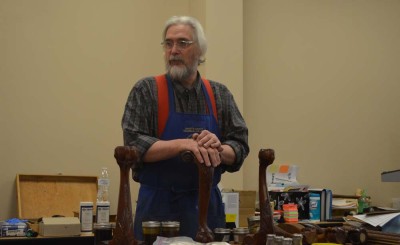
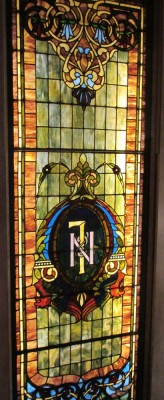
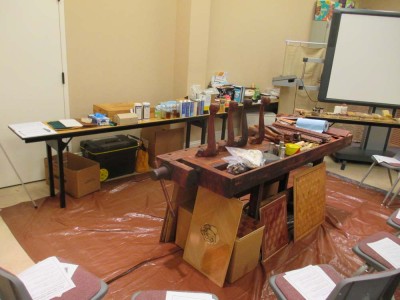
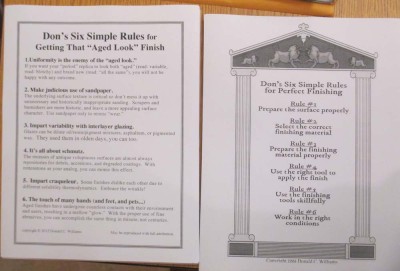

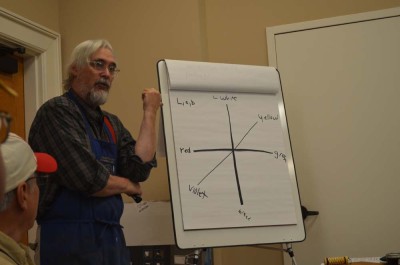


Join the Conversation!